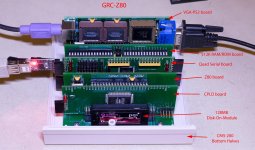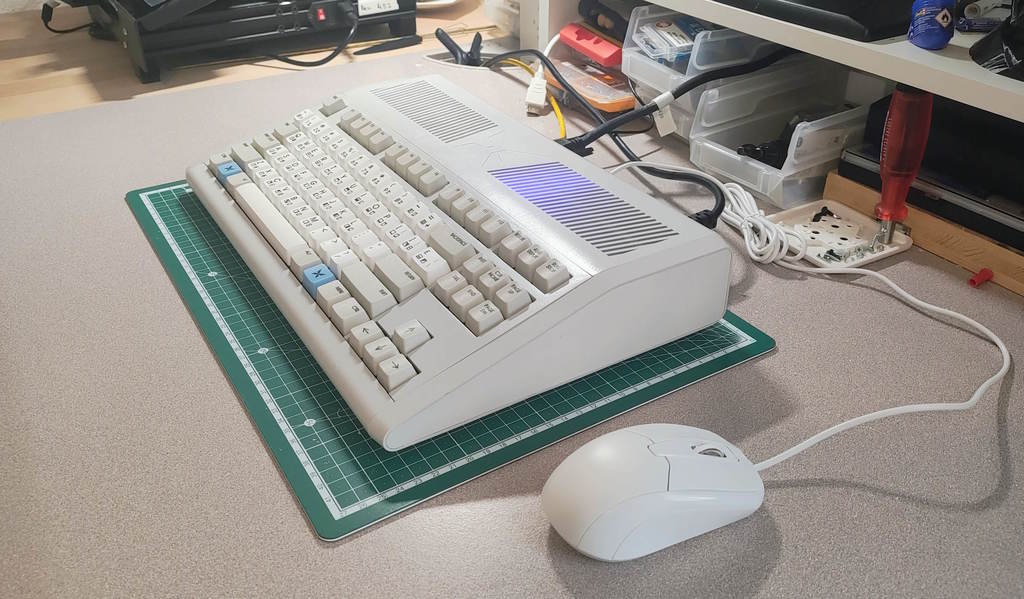You have an industrial grade 3D printer and sheet metal producing devices in your basement. You're also a VIP customer of every ebay retro seller. Also a plenty of free time on your hands to realize your ideal PC retrocomputer.
It can be anything, but let's concentrate on imaginative fictitious computer cases, not components. So OK to have some custom risers, breakouts, simple electronics, but let's not go into custom logic boards like "15x15 cm board with 286, VGA, integrated ram, XY123 power connector". Try to use real components when imagining the case.
Crude napkin drawings are a plus
It can be anything, but let's concentrate on imaginative fictitious computer cases, not components. So OK to have some custom risers, breakouts, simple electronics, but let's not go into custom logic boards like "15x15 cm board with 286, VGA, integrated ram, XY123 power connector". Try to use real components when imagining the case.
Crude napkin drawings are a plus




